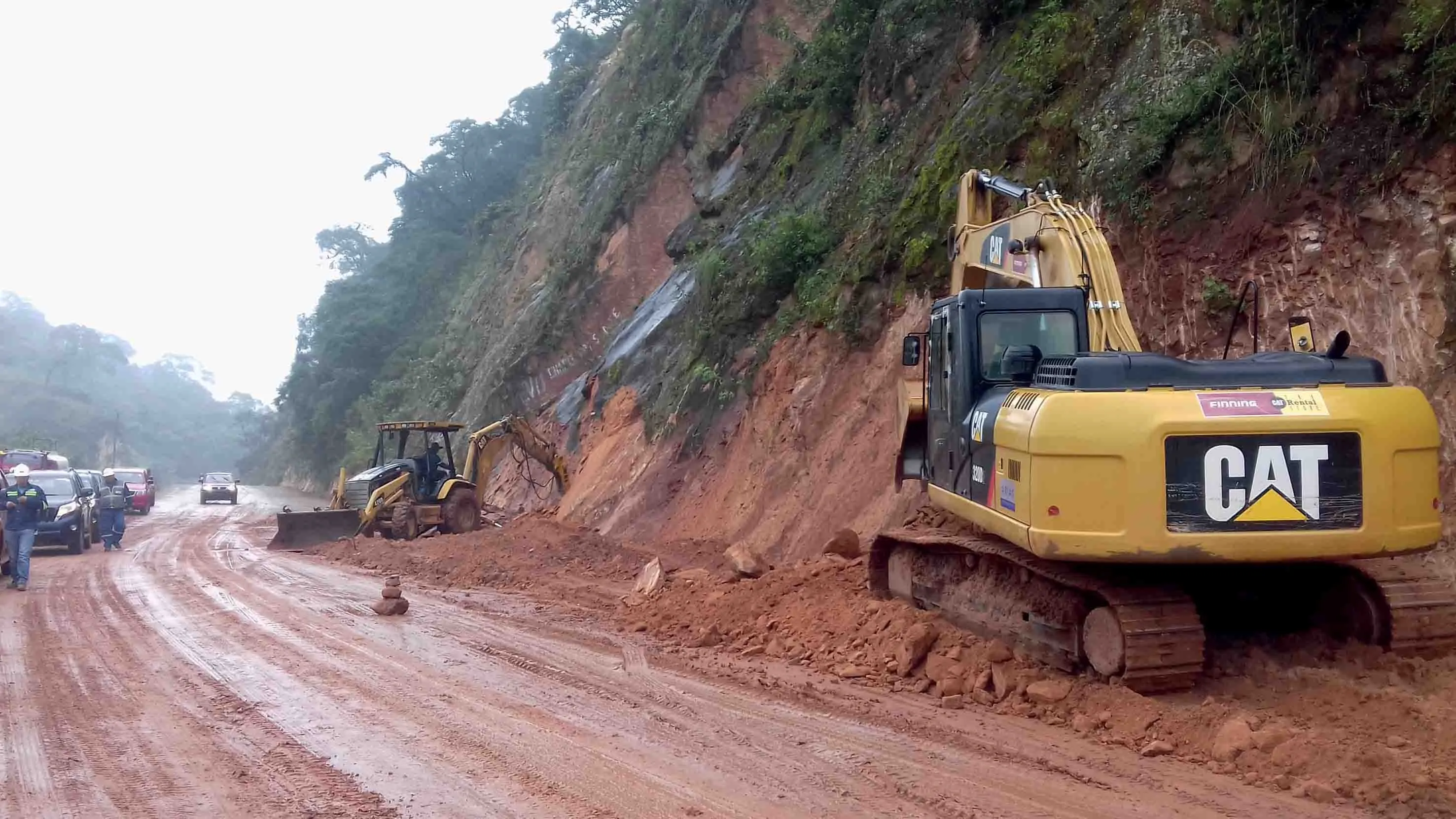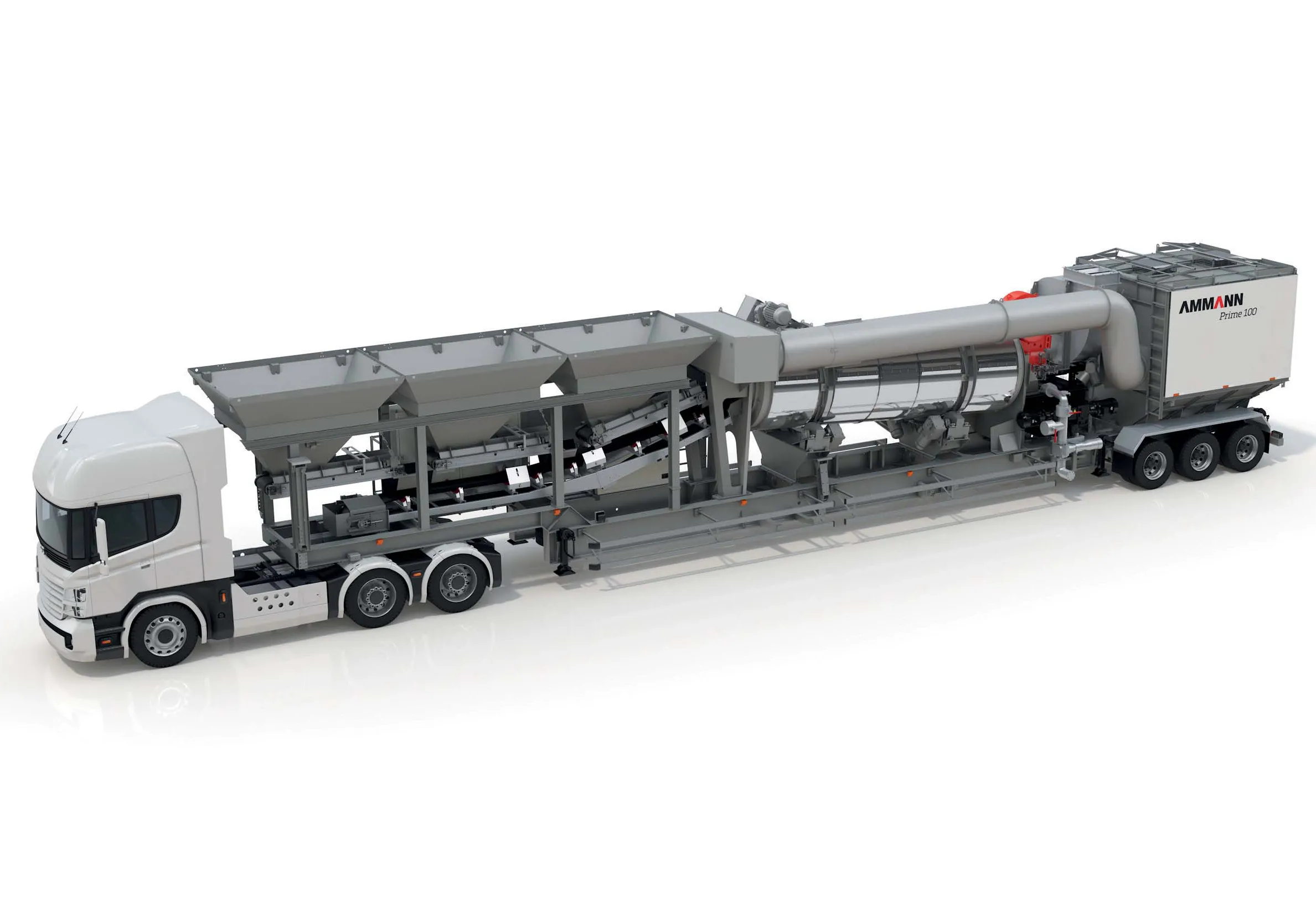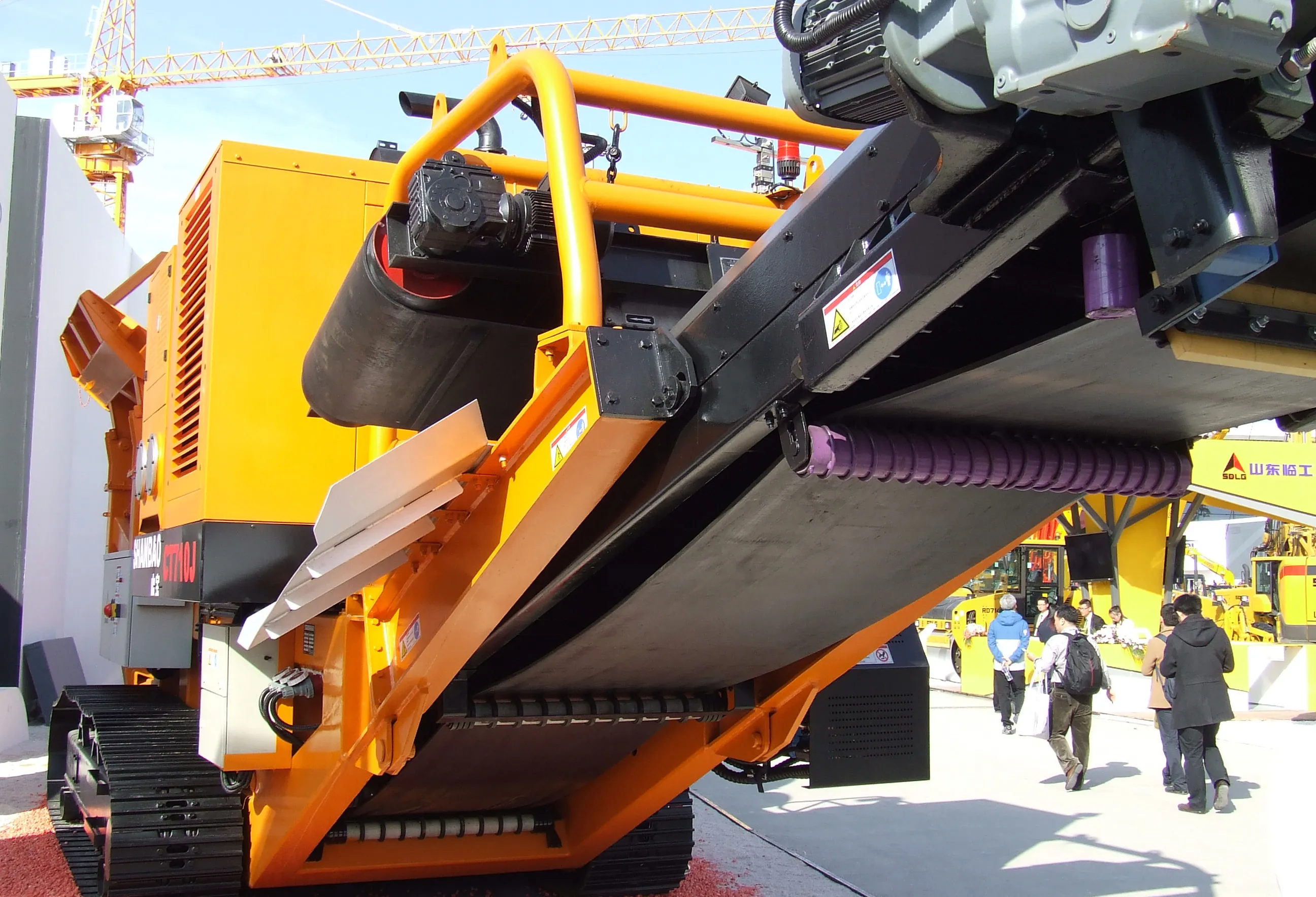Pioneer Pump is offering new pumps that are designed with innovative vortex technology to ensure improved handling of large solids for increased efficiency in applications such as ragging.
The new 100VM medium head pump is capable of flows in excess of 200m³/hour (55litres/second), and the 150VM model will reach flows of 445m³/hour (124litres/second) with heads of 35m (3.5bar).
The 150VL has the capacity to pump over 300m³/hour (83litres/second) and is equipped with a Perkins 404-22kw engine while the 200
April 8, 2015
Read time: 2 mins
Pioneer Pump is offering new pumps that are designed with innovative vortex technology to ensure improved handling of large solids for increased efficiency in applications such as ragging.
The new 100VM medium head pump is capable of flows in excess of 200m³/hour (55litres/second), and the 150VM model will reach flows of 445m³/hour (124litres/second) with heads of 35m (3.5bar).
The 150VL has the capacity to pump over 300m³/hour (83litres/second) and is equipped with a Perkins 404-22kw engine while the 200VM, the largest pump in the range, offers a discharge size of 200mm, handling flows of up to up to 600m³/hour (165litres/second) with heads of over 35m (3.5bar).
The 200VM is capable of passing solids greater than 125mm.
“This is a very important development for5045 Pioneer Pump,” says Simon Ruffles, managing director of Pioneer Pump in Europe.
“We are expanding our product offering, and our vortex pumps provide efficient solids handling and a low fuel burn to a range of sectors, including sewage treatment and wastewater management. After several years of extensive research and testing, we are confident that we have developed a market leading product.”
When launched, the vortex pump-sets will be available throughout Europe, the Middle East and Africa.
The new 100VM medium head pump is capable of flows in excess of 200m³/hour (55litres/second), and the 150VM model will reach flows of 445m³/hour (124litres/second) with heads of 35m (3.5bar).
The 150VL has the capacity to pump over 300m³/hour (83litres/second) and is equipped with a Perkins 404-22kw engine while the 200VM, the largest pump in the range, offers a discharge size of 200mm, handling flows of up to up to 600m³/hour (165litres/second) with heads of over 35m (3.5bar).
The 200VM is capable of passing solids greater than 125mm.
“This is a very important development for
“We are expanding our product offering, and our vortex pumps provide efficient solids handling and a low fuel burn to a range of sectors, including sewage treatment and wastewater management. After several years of extensive research and testing, we are confident that we have developed a market leading product.”
When launched, the vortex pump-sets will be available throughout Europe, the Middle East and Africa.









